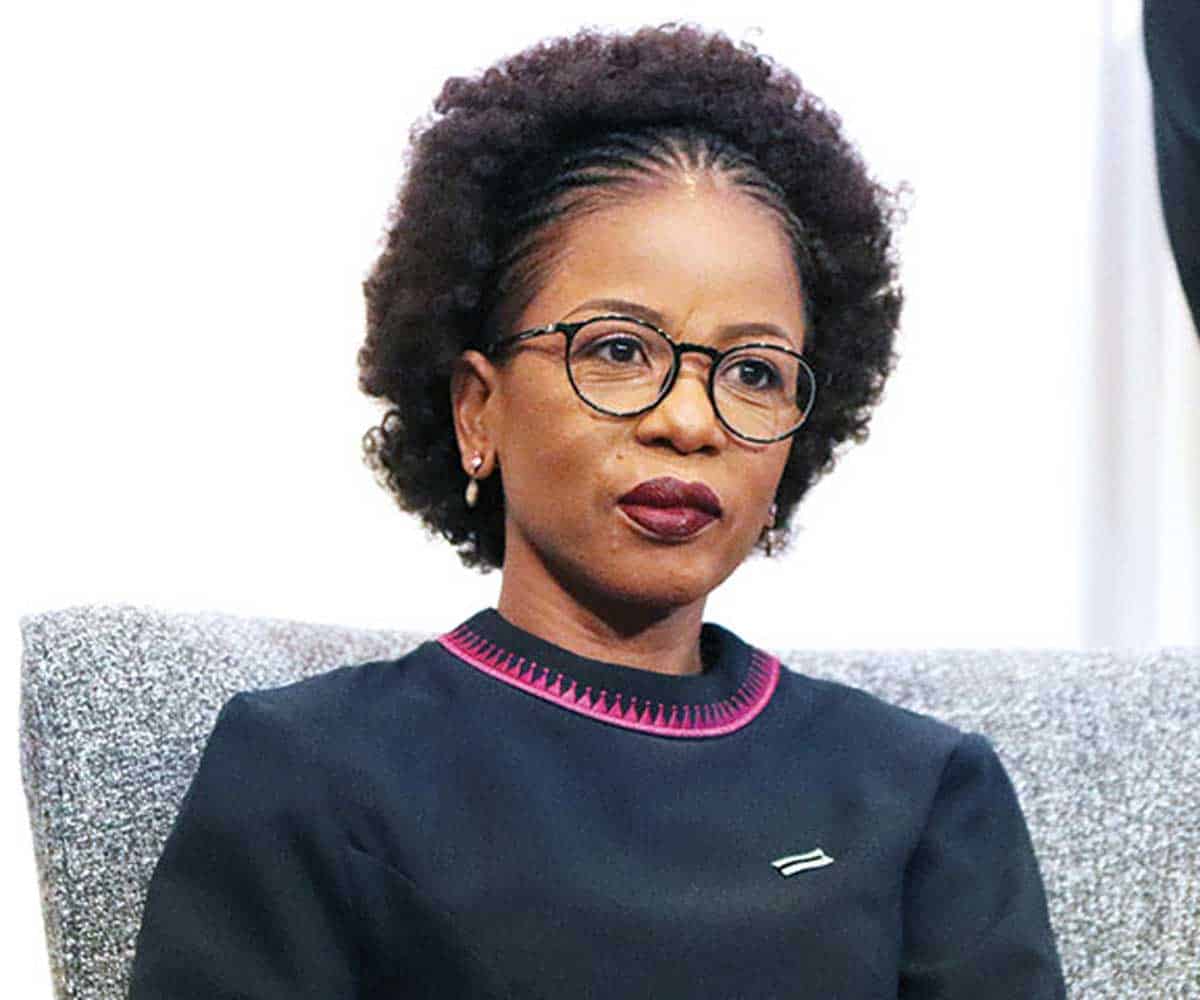Analysts at a global investment managing firm, Ninety One, have dismissed the government’s projected revenue calling it ‘overly optimistic’.
Their analysis follows the Budget Speech presented by Minister of Finance and Economic Development, Peggy Serame last month.
Analysts at the firm, Leano Babitse and Onkabetse Tadubana, alongside Portfolio Manager, Pako Thupayagale say, given the inherent volatility in the commodity markets, Botswana government’s revenue projections are overly ambitious.
The budget deficit hit P16.4 billion or 9.4 percent of GDP in 2020/21 as revenue shortfalls weighed on planned expenditures.
In 2021/22, the budget deficit is expected to fall to P10.2 billion or 5.1 percent of GDP, largely on the back of buoyant mineral revenues.
The medium-term forecast sees a small budget surplus of P5.5 billion or 2.3 percent of GDP in 2023/24 as the state curtails expenditure by mostly reducing development spending.
“The government forecasts the non-traditional primary balance at a deficit of almost 16 percent of GDP in 2023/24, compared to a deficit of nearly 24 percent of GDP in 2020/21,” analysts said.

However, analysts at Ninety One pointed out that over the medium-term, the government’s debt to GDP is projected to stabilize at approximately 25 percent of the GDP.
“Over the past decade, overall debt dynamics have been on an uptrend, rising from the lower teens to around 20% of GDP before jumping to the current level of around 25 percent,” Thupayagale and his colleagues pointed out.
While this is well within the statutory limit of 40 percent of GDP, the analysts have advised the government to resist the temptation to issue bonds to finance expenditures.
They said this is particularly worrisome in the current context where government bond yields are at levels that are close to ‘crowding out’ other market participants.
In addition, they advised that a key part in restoring fiscal sustainability and rebuilding the country’s buffers would, on top of reducing fiscal deficits and public debts – be to rebuild the country’s savings.
By the end of the 2021/2022 financial year, the Government’s Investment Account (GIA) which is the government’s equivalent of a savings account is forecast to be only 1.4 percent of the GDP compared to 17.4 percent of GDP in 2017/2018 financial year.
“The erosion of this buffer indicates rapid and significant withdrawals which weren’t or couldn’t be replenished timeously. In other words, to finance its spending, the government simply dipped into its savings and these drawdowns have grown and accumulated,” said the analysts.






